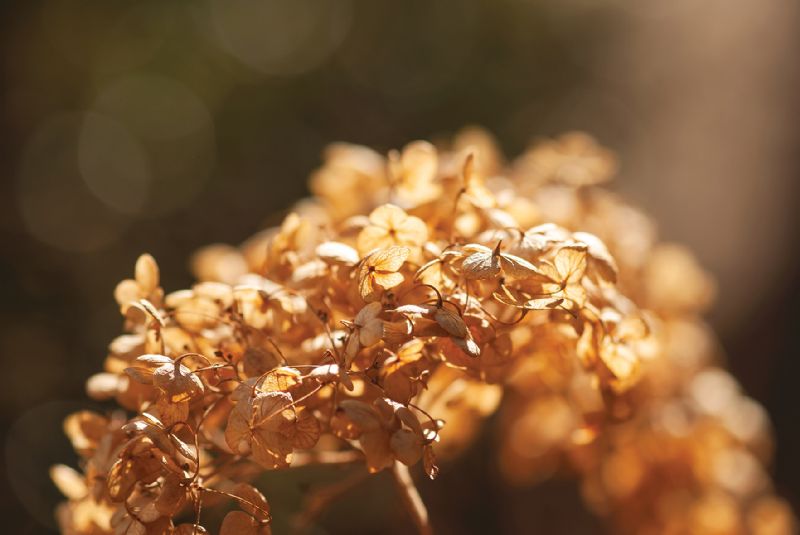- Home
- News, Articles & Reviews
We are hiring! Please click here to join our growing magazine delivery team in Gloucestershire!
Areas
Homes & Gardens
Archive

Pruning season
All Areas > Homes & Gardens > In the Garden
Author: Julia Smith, Posted: Wednesday, 23rd February 2022, 09:00
We’ve done it! We can see the Holy Grail of warmer weather and the long sunny days approaching. I know the weather can still be breathtakingly sharp at times in March, with ‘beasts from the east’ etc. but we also have mild, sunny days, which really lift the soul.
If you haven’t pruned your hybrid tea and floribunda roses, do so now using clean, sharp secateurs, which you cleaned, sharpened and oiled during the winter – didn’t you?!
Get rid of all the weak, spindly growth and any dead, diseased or damaged stems. Shrub roses don’t need such hard pruning, but saw off a third of the oldest and thickest stems at the base, and trim the remaining stems by about 10cm.
Tidy up lace-cap and mophead Hydrangeas
You can hard-prune late flowering shrubs such as Lavatera, Leycesteria and Buddleja now. Also tidy up the lace-cap and mophead Hydrangeas, cutting off the old brown flower-heads, which have protected the buds through the winter, cutting above a nice strong pair of buds. Hydrangea paniculata is better with harsher pruning, leaving just two pairs of buds on each stem.
Agapanthus don’t need dividing very often, but every 4-6 years you may notice the flowering deteriorating. Divide in spring and replant in free-draining soil. They may take a year or so to resume flowering, but will get better with time. Don’t repeatedly divide clumps as they will suffer.
Sow early vegetables like turnip and beetroot
In the vegetable garden, if you cover the soil with some clear polythene for a few days to warm up the ground, you could sow some early vegetables and then cover them with fleece. Try turnip ‘Purple Top Milan’, carrots ‘Adelaide’ or beetroot ‘Action’ to name but a few.
Don’t sow a whole packet of anything or you will end up with things going to waste. Also, don’t sow anything your family won’t want to eat – it will make you furious (believe me, I know!).
It is time to plant chitted potato tubers – traditionally a job for Good Friday. Don’t do it until the soil has had a chance to warm up (sandy soils warm up quicker than clay ones). The chitted tubers need to be planted about 10cm deep, rose end up.
They can be planted either in a drill or in individual holes. They will need earthing up when the shoots are 20-25 cm tall, or you can cover the soil with a black plastic sheet and plant through this, which excludes the light and the weeds. Early potatoes will be ready to lift in about 13 weeks.Other Images
Copyright © 2025 The Local Answer Limited.
Unauthorized use and/or duplication of this material without express and written permission from this site's author and/or owner is strictly prohibited. Excerpts and links may be used, provided that full and clear credit is given to The Local Answer Limited and thelocalanswer.co.uk with appropriate and specific direction to the original content.More articles you may be interested in...


© 2025 The Local Answer Limited - Registered in England and Wales - Company No. 06929408
Unit H, Churchill Industrial Estate, Churchill Road, Leckhampton, Cheltenham, GL53 7EG - VAT Registration No. 975613000You are leaving the TLA website...
You are now leaving the TLA website and are going to a website that is not operated by us. The Local Answer are not responsible for the content or availability of linked sites, and cannot accept liability if the linked site has been compromised and contains unsuitable images or other content. If you wish to proceed, please click the "Continue" button below:




